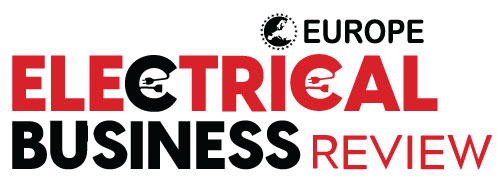Thank you for Subscribing to Electrical Business Review Weekly Brief
I agree We use cookies on this website to enhance your user experience. By clicking any link on this page you are giving your consent for us to set cookies. More info
Navigating the Future of Electric Power Transmission Equipment : Trends and Insights
The electric power transmission equipment market is evolving, requiring innovative solutions to address renewable energy, smart grid technologies, aging infrastructure, and cyber-attack risks.

By
Electrical Business Review | Thursday, February 20, 2025
Stay ahead of the industry with exclusive feature stories on the top companies, expert insights and the latest news delivered straight to your inbox. Subscribe today.
The electric power transmission equipment market is evolving, requiring innovative solutions to address renewable energy, smart grid technologies, aging infrastructure, and cyber-attack risks.
FREMONT, CA: Electric transmission is essential for overcoming geographic obstacles, improving energy distribution, and transmitting electricity from power sources to customers. It presents to a cleaner, better sustainable energy future by integrating renewable energy, fostering economic expansion, and combating climate change.
One of the most significant trends in the electric power transmission equipment market is the shift towards renewable energy sources. With increasing concerns over climate change, a growing demand exists for cleaner and more sustainable energy sources. Renewable energy sources, including wind, solar, and hydropower are becoming more popular, driving the demand for transmission equipment that can handle the unique characteristics of these sources. For instance, wind turbines and solar panels generate electricity intermittently, meaning that transmission equipment must be able to handle fluctuations in power supply.
Another trend in the electric power transmission equipment market is adopting smart grid technologies. Smart grid technologies are designed to enhance the efficiency and reliability of power transmission and distribution networks. This involves incorporating sophisticated sensors, communication networks, and software applications to oversee and manage the flow of electricity. This allows grid operators to manage power supply and demand better, reduce outages and downtime, and improve energy efficiency. The adoption of smart grid technologies is expected to increase in the coming years, driven by the need for more efficient and reliable power systems.
The market for electric power transmission equipment is encountering numerous obstacles, with one of the primary issues being the aging infrastructure of power transmission and distribution networks. Many of these systems, established decades ago, require modernization and upgrades. This situation offers a considerable opportunity for manufacturers to supply innovative solutions to meet these challenges. Nonetheless, the process of upgrading and modernizing power systems is intricate and expensive, necessitating substantial investment.
Another challenge facing the electric power transmission equipment market is cybersecurity. As the industry becomes more digitized and connected, the risk of cyber attacks on power systems increases. Cyber attacks can disrupt power supply, cause outages and downtime, and damage equipment. This poses a significant risk to the reliability and security of power systems. To address this challenge, equipment manufacturers are developing new solutions to improve cybersecurity and protect power systems from cyber threats.
The electric power transmission equipment market is transforming significantly, driven by new trends and challenges.
The move towards renewable energy and adopting smart grid technologies presents fresh opportunities for equipment manufacturers. At the same time, the aging infrastructure of power systems and the increasing risk of cyber-attacks present significant challenges. Equipment manufacturers must be innovative and agile, able to respond to changing customer demands and regulatory policies, and develop solutions to address the challenges of power transmission and distribution systems.








